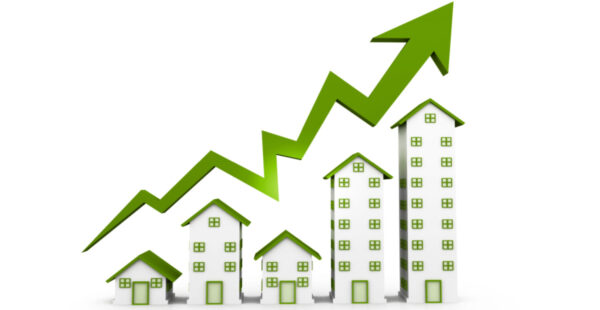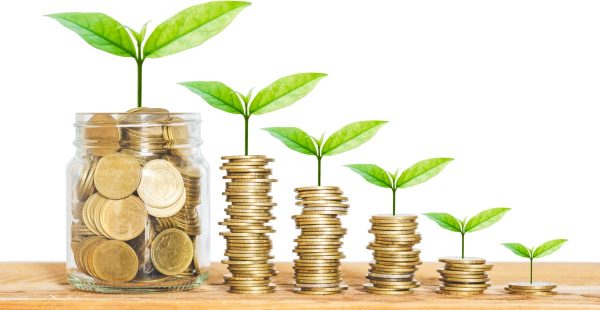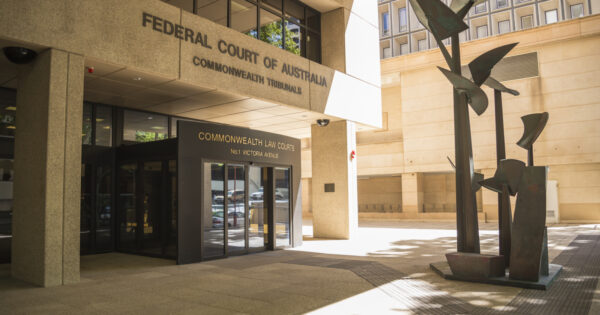CPI rate edges higher, with trimmed mean still above RBA target

Newly released figures from the Australian Bureau of Statistics (ABS) have revealed an unexpected 0.2% increase in the monthly Consumer Price Index (CPI) indicator for November, while the trimmed mean rate remains outside the Reserve Bank of Australia’s (RBA’s) target range, auguring an extended delay in any cash rate movement.
The CPI indicator rose to 2.3% in the 12 months to November 2024, up from the 2.1% recorded in the previous month, the latest figures from the RBA reveal.
Much of the rise was attributed to an increase in costs for essential items, with prices for food and non-alcoholic beverages (+2.9%), rents (+6.6%) and gas and other household fuel expenses (+5.3%) all increasing.
Increases in the cost of healthcare (+3.9%), alcohol and tobacco (+6.7%) and recreation and culture (+3.2%) also pushed up headline CPI.
These increases were partially offset by declines in electricity (down 21.5%) – with the bulk of the government’s energy rebates kicking in from October – as well as decreases in automotive fuel (down 10.2%), and overall transport (down 2.4%) costs.
The CPI rate excluding volatile items and holiday travel also rose by 0.4% between October and November, reaching 2.8% for the 12 months to November.
The ABS’s key underlying inflation indicator, the trimmed mean rate – the most consequential metric used by the RBA in its policy rate decision – edged lower to 3.2% year on year in November, from 3.5% in October.
Despite the 0.3% decline, the trimmed mean is still well above the RBA’s target mid-point of 2.5%.
Despite “encouraging” signs of a downward trajectory, with “disinflation… running apace in Australia”, says Krishna Bhimavarapu, State Street Global Advisors’ APAC economist, other pundits argue it may not be enough for the RBA to move the cash rate.
VanEck head of investments, Russel Chesler predicts a downward push in policy rates may not occur until later in the year, with an anticipated post-Valentine’s Day cut looking increasingly “unlikely”. Meanwhile, HSBC’s Australian CPI indicator is factoring in 25% “tangible risk” of no cuts at all this year.
“While market consensus had shifted towards a 70% probability of a rate cut in February, we don’t see this happening until later in the year,” Chesler said.
“The market optimism towards an earlier rate cut was triggered by comments made by Governor Bullock in early December, but it was predicated on the requirement that a rate cut was supported by data. We do not see current data as supportive of that,” Chesler said.
As well, robust labour market figures – despite a noted increase in job vacancy data for the first time in more than two years (with a quarter-on-quarter rise of 4.2% recorded in Q4 2024), according to HSBC – will put increased pressure on the RBA to hold off on an early year cash rate drop.
“The labour market in particular has proven resistant to disinflation measures, with the most recent data showing unemployment has actually decreased to 3.9%. This is inhibiting further falls in inflation, as wages continue to be relatively elevated, despite recent moderation,” Chesler said.
The RBA, he concluded, is likely to mirror the Fed’s forecast rate cut cycle for 2025, opting “for a shallow easing cycle of one to two standard cuts in 2025”.











So someone in India who isn't licensed provided personalised financial advice and ASIC's response is to tell them to be…
Seeking Regulatory relief from Regulation. Industry Super Funds want to control $1.6 Trillion $$$ and ever growing with almost zero…
If Kalkine has officially been released and operates under a legitimate license to provide general advice, it raises an important…
Not sure what they're seeking regulatory relief from. In my view is they get tickled with a warm lettuce leaf…
Will they ever be named & shamed, fined and banned for life ??? Unlikely hey ASIC & APRA, especially for…